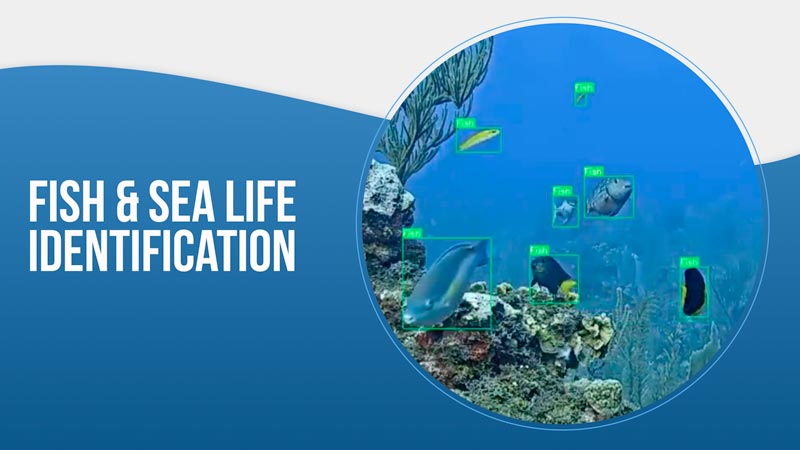
Of course, everybody knows that we are building floating homes that will allow people to live on the water, but our mission is much larger than to be a floating home company. Before everything else, our priority is to make sure that our homes have a positive impact on their environment.
One of the things that we are the most excited about is our 3D-printed coral project. We will use a 3D printer to create coral habitats that are going to encourage growth and bring a bustling marine ecosystem right to your “front yard” below the SeaPod.
But wait, there’s more! It isn’t enough just to put coral habitats out and hope that they work. We need to monitor the growth and marine life activity over time so that we have quantifiable data that shows the improvement of the local ecosystem based on our efforts. Cue… Reef AI! We have partnered with Fathom Ocean and we’ll be using their cameras to monitor the sealife activity around our Pods.
This camera will be working with our very own Reef AI algorithm that was developed by Omer who is our main technology guy, a true master in mechatronics engineering. Using the AI, the camera will see the sea life and identify and document the different species that are in the area. It will see different corals and fish as well as be able to track their size and quantity. Even cooler, it will be able to notify you when a cool or unique species is swimming by so that you can hopefully see it on the live feed!
This is going to build a database over time that will show us what fish are in the area, how much the coral has grown, what species have come to the area over time, and how much the activity has increased due to our efforts. We can use this information to determine what works, what doesn’t, and what we need to improve.
You can see a very early example of how the AI sees and identifies each fish and coral species in the video below. The technology is still being developed so we have a long way to go, but we are off to a great start and we can’t wait to use this technology to rebuild reefs around the world. They don’t call coral reefs the “rainforest of the ocean” for nothing, they are crucial to the health of the oceans as well as our life on land, and rebuilding and protecting them is one of our absolute highest priorities!














